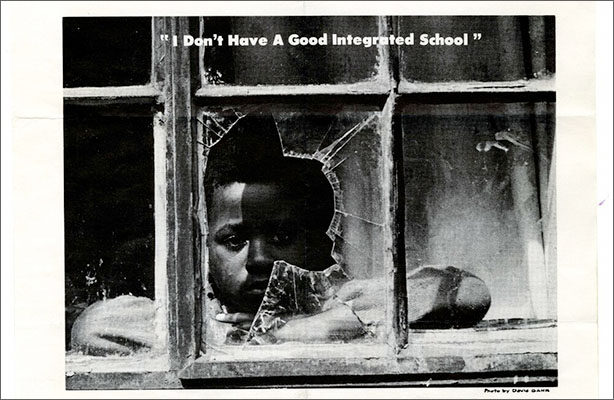News
Professor Gutman Published on The Gotham Center for New York History
Intermediate School 201: Race, Space, and Modern Architecture in Harlem
Professor Marta Gutman presents an in-depth study of the role the Intermediate School 201 played in the history of segregation within the Harlem educational system and grassroots civil rights activism in the 1950s and 1960s that changed racist school policies through boycotts, court orders, and protests. This included the 1964 “Freedom Day”, a day on which “more than 460,000 pupils—half of the students enrolled in the city’s public schools—stayed home, making for the largest civil rights protest in U.S. history.” Gutman notes that IS 201 was a central battleground where the Harlem community pressured the Board of Education to desegregate, hire black administrators and professors, and integrate African and African-American History into the curriculum.
“Faced with intransigent bureaucracy, struggling schools, deteriorating buildings, and entrenched racial segregation, parents in Harlem demanded direct control over the core functions of public education in the 1950s and 1960s. One new building became a flashpoint in the battle for community control—Intermediate School (IS) 201, the infamous windowless school that abuts the Park Avenue railroad viaduct two blocks north of East 125th Street, straddling Central Harlem and East Harlem. White architects and politicians, including the mayor, John Lindsay, rallied to defend “Harlem’s besieged masterpiece,” but parents in Harlem disagreed.[1] The location and the architecture, which many of them opposed, stood as a constant reminder of their unmet demands, from exclusion in policy making to broken promises of integration.”
Read more on The Gotham Center for New York City History’s blog page
The complete chapter of Professor Gutman’s book can be found here.


